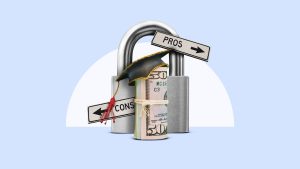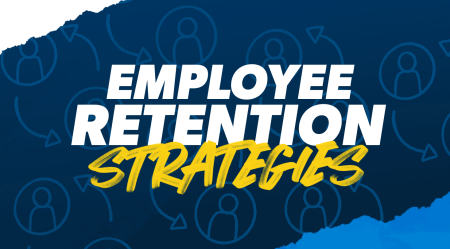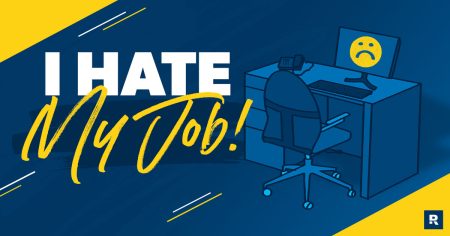The weaker-than-expected July jobs report triggered a reliable recession indicator that Wall Street closely monitors, reigniting concerns about the health of the U.S. economy and sparking a steep market sell-off.
Employers hired 114,000 workers last month, the U.S. Department of Labor said in its monthly payroll report released Friday, missing the 175,000 gain forecast by LSEG economists. The unemployment rate jumped to 4.3%, the highest level since October 2021.
“The July jobs report is being viewed as a recession warning, and the markets are responding accordingly,” said Bill Adams, chief economist at the Dallas-based Comerica Bank.
With the jobless rate unexpectedly rising, the so-called Sahm rule is now in play. Named after former Federal Reserve economist Claudia Sahm, the rule has successfully predicted every recession since 1970.
US JOB GROWTH SLOWS TO 114K IN JULY WHILE UNEMPLOYMENT UNEXPECTEDLY JUMPS
It stipulates that the economy is in the early stages of a recession when the three-month moving average of the jobless rate is at least a half-percentage point higher than the 12-month low. Over the past three months, the unemployment rate has averaged 4.13%, which is 0.63 percentage points higher than the 3.5% rate recorded in July 2023, crossing that threshold.
The thinking is that a rise in unemployment reflects a spike in layoffs. When workers lose their jobs, they cut back on spending, which in turn hurts businesses. Those businesses are then more likely to cut jobs, thus perpetuating the cycle. Historically, after the Sahm rule has been triggered, the unemployment rate has kept climbing.
THE US HOUSING MARKET IS ‘STUCK,’ AND MIGHT REMAIN THAT WAY UNTIL 2026
“The Sahm rule does capture an important aspect of the historical data,” said Preston Caldwell, chief U.S. economist at Morningstar. “Once the unemployment rate gets moving upward, it’s very likely to continue rising. Rising unemployment is part of a vicious process of economic contraction.”
The rule uses the three-month moving average to smooth out any inconsistencies in the data and to capture the overall trend in the labor market, rather than rely on one data point that may be an outlier.
Still, Sahm – the creator of the rule – has suggested that the rise in unemployment this time around may not be indicative of an impending recession. She noted the rise in the jobless rate is not the result of layoffs and negative monthly payroll numbers, but rather an increase in the number of available workers, including immigrants.
“We are still in a good place, but until we see signs of stabilizing, of leveling out, I’m worried,” Sahm told The Wall Street Journal.
INTEREST RATE CUTS ARE ON THE HORIZON, BUT HIGH MORTGAGE RATES COULD BE HERE TO STAY
Hiring may also have been disrupted last month by Hurricane Beryl, which slammed into the Texas coast in early July.
| Ticker | Security | Last | Change | Change % |
|---|---|---|---|---|
| I:COMP | NASDAQ COMPOSITE INDEX | 16741.332464 | -452.81 | -2.63% |
| SP500 | S&P 500 | 5328.64 | -118.04 | -2.17% |
| I:DJI | DOW JONES AVERAGES | 39549.17 | -798.80 | -1.98% |
The jobs data adds to mounting evidence that the economy is weakening in the face of ongoing inflation and high interest rates, and raises questions about whether the Fed can successfully engineer a soft landing.
Policymakers voted to hold interest rates steady at a more than two-decade high on Wednesday, but they opened the door to a rate cut at their next meeting in September. More investors are now pricing in the likelihood of a bigger, 50-basis point reduction due to the sharp slowdown in job growth and the growing concerns of a recession.
GET FOX BUSINESS ON THE GO BY CLICKING HERE
“Today’s jobs report confirms the economy is on a weaker path,” said David Donabedian, chief investment officer of CIBC Private Wealth. “There have already been concerns that the Fed has been late to the party regarding cutting rates, and this report feeds into that narrative. There is a rising risk of recession unless the Fed works more quickly now.”
Stocks plunged Friday morning, with the Dow Jones Industrial Average tumbling more than 900 points. The Nasdaq dropped more than 3%, entering correction territory, while the S&P 500 slid 2.6%.
Read the full article here











